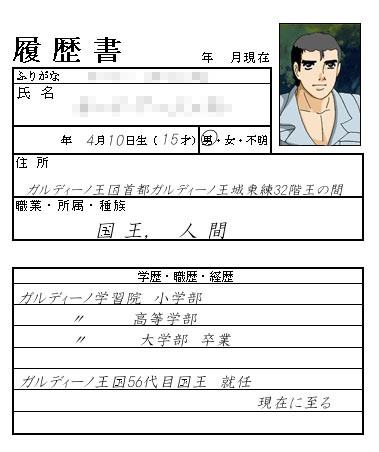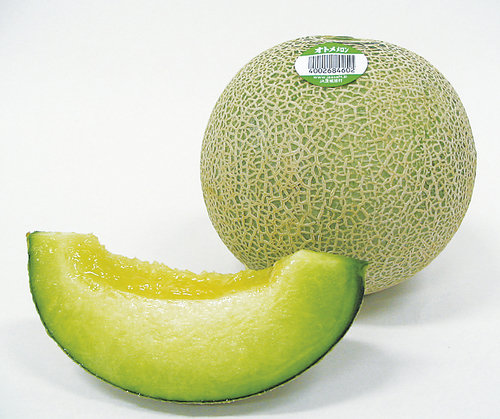One interesting way to compare Japan’s more structured society with the U.S. and Europe is to look at the standardized Japanese resume form, called a rirekisho (ree-REK-sho), the “employment history form” that serves as both job application and a personal resume here. When you want to apply for a job in Japan, be it for a truck driver or sushi chef or computer programmer, you get one of these standardized forms from the stationery store and fill it out by hand. Virtually everything that’s important about you is recorded on the form: name, address, school and career history, what special certificates or qualifications you’ve got, as well as your hobbies and interests. Some information isn’t recorded, of course, such as anything related to religion or political affiliation, and there’s no space to fill in your blood type, so that companies can’t discriminate against sloppy type B people like me. The strict, straight-laced employment history form is very different from the open-ended way job resumes are prepared in the U.S., usually 1-2 sheets of paper that succinctly describes a person’s school and work history and career goals. Unlike the Japanese resume form, there’s no set format for a resume in the States, and there are thousands of variables that could affect how yours might look. Plain font or fancy? Colored paper? Traditional layout or something less orthodox? What level of information to include? It can boggle the mind, and I’m sure that Japanese who have to write English resumes for any reason have lots of trouble knowing where to start. Although the rirekisho forms are intended for Japanese people to use, I’ve been asked to fill one out for every job I’ve held in Japan, so learning how to write one is probably a good idea for students of the language. Conveniently, we’ve got them in stock.

Japan’s version of a resume/CV says a lot about the country.















